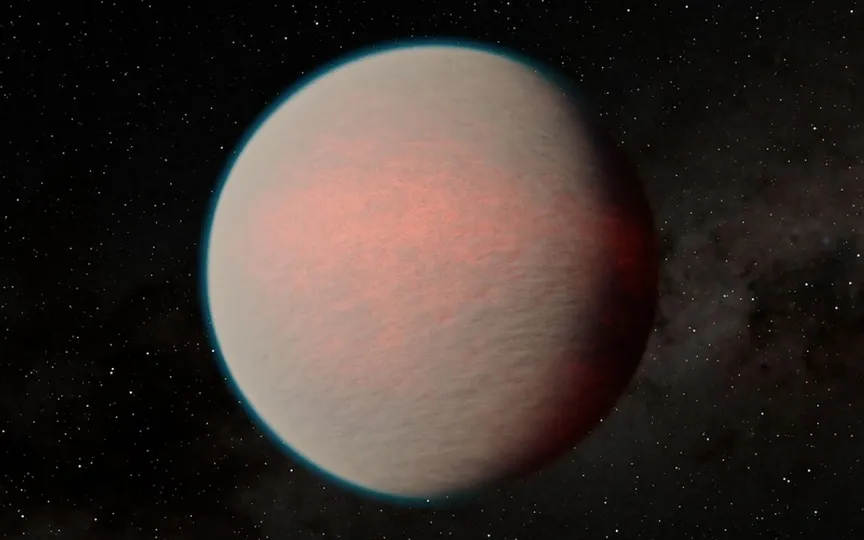Mystery of Exoplanets Solved by NASA’s Kepler Telescope!
NASA’s decommissioned Kepler Space Telescope, originally intended for studying the Milky Way Galaxy and searching for exoplanets, could potentially assist scientists in unraveling the mystery behind the existence of a “size gap” among these planets. With the discovery of over 5000 exoplanets, varying in size and mass, including some larger than Earth, researchers have recently stumbled upon a possible explanation for the reduction in size observed among these celestial bodies. Gain insights into the opinions of experts regarding this intriguing phenomenon.
Why are exoplanets shrinking?
According to a study published in the Astronomical Journal, data from NASA’s retired Kepler space telescope revealed that these exoplanets may be shrinking in size due to loss of the planet’s atmosphere. Jessie Christiansen, a Caltech/IPAC researcher and lead author of the study, said, “There is something going on that prevents planets from reaching and/or staying this size.”
Scientists studied 600-800 million year old star clusters discovered by NASA’s K2 mission. The study revealed that young, hot Neptunes have the same frequency structure as Neptune. Now, the sub-Neptune core may cause mass loss that targets the gap in the exoplanets.
Scientists also suspect that photoevaporation may be another cause of atmospheric loss. photoevaporation occurs when strong radiation from a star removes a planet’s atmosphere. This phenomenon only happened to young planets that are the first 100 million years old. Scientists hope to study more such exoplanets in other clusters to confirm the theory behind the loss of atmosphere and exoplanet size difference.
About the Kepler Space Telescope
It is a space telescope launched by NASA in 2009 to find Earth-sized planets orbiting other stars outside our solar system. The telescope stopped working in November 2018, but it discovered thousands of planets. In addition, the task was expanded under the name K2. NASA announced that it was “the first mission to detect Earth-sized planets in the habitable zones of their stars.”




